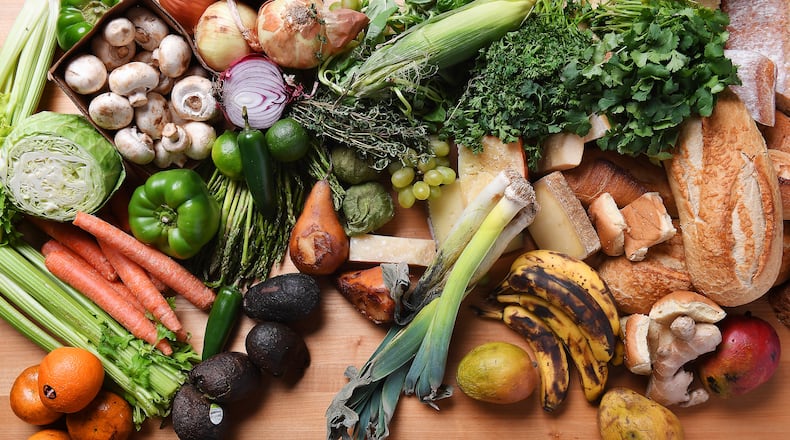The survey found people expected to eat 97 percent of the meat in their refrigerators but finished about half; 94 percent expected to finish their vegetables but they consumed just 44 percent; they thought they’d finish 71 percent of the fruit and 84 percent of the dairy but consumed 40 percent and 42 percent, respectively.
The main reasons for pitching food: odor, appearance and dates on the labels.
Brian Roe, OSU professor agricultural, environmental and development economics, said “No one knows what ‘use by’ and ‘best by’ labels mean and people think they are a safety indicator when they are generally a quality indicator.”
Related: Toss it or eat it? Congress looks to update food labeling
The study, which was published online this month, found that people who clean out their fridges more tended to waste more food; people who check nutrition labels frequently were less likely to waste food; younger consumers were less likely to use up items in the fridge while those 65 and older were more likely to avoid waste.
Roughly one-third of the food produced worldwide for humans — approximately 1.3 billion tons annually — is lost or wasted, according to the Food and Agriculture Organization of the United Nations.
About the Author

